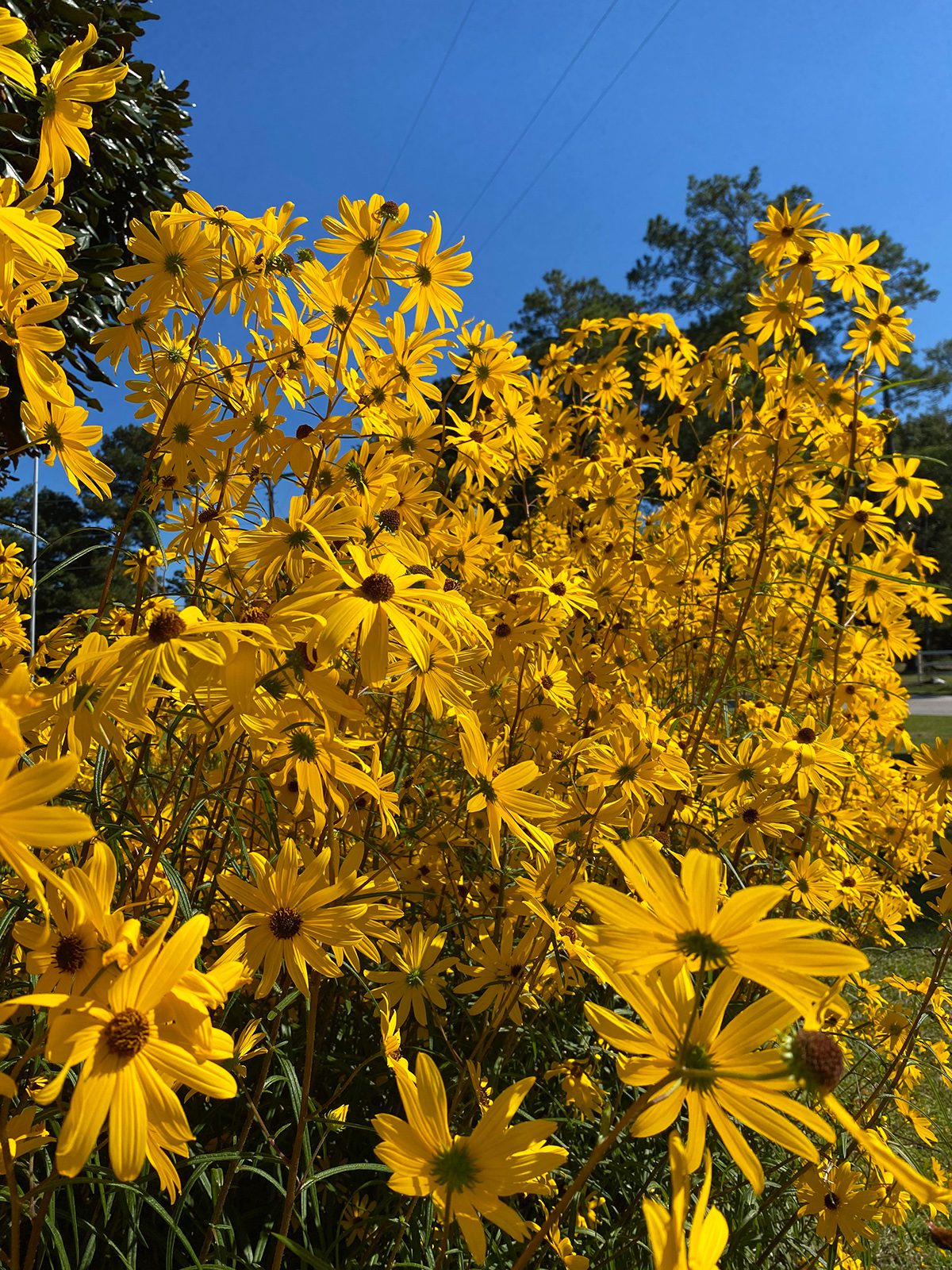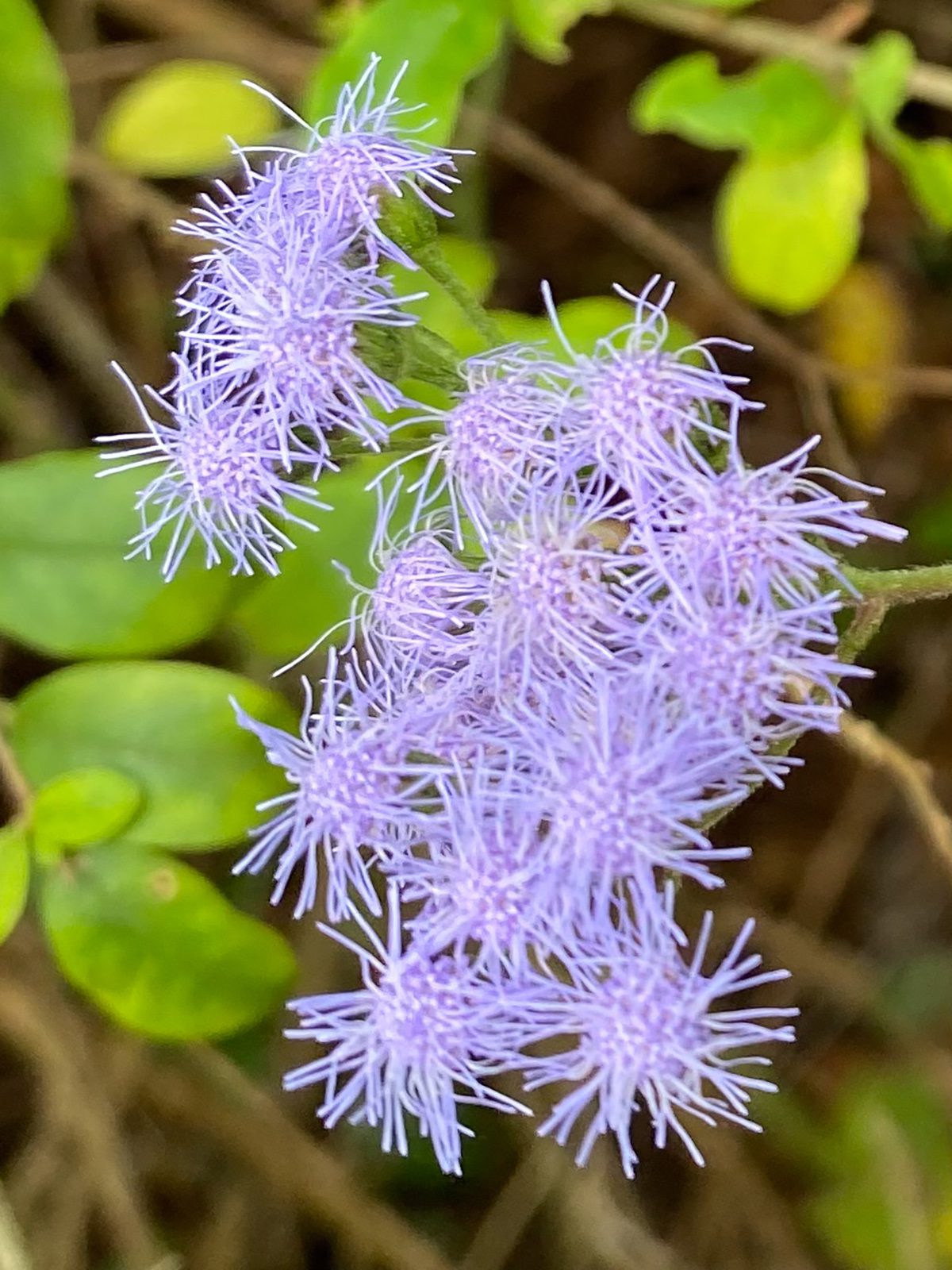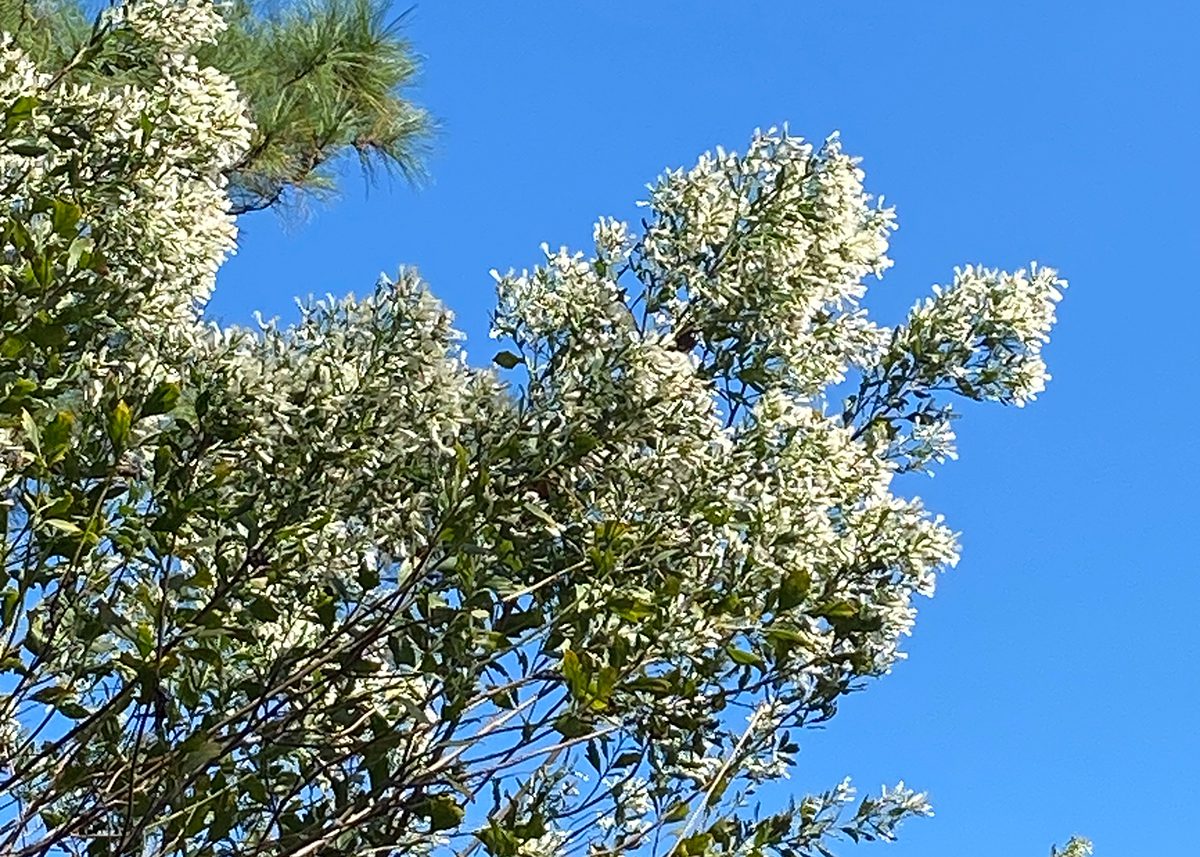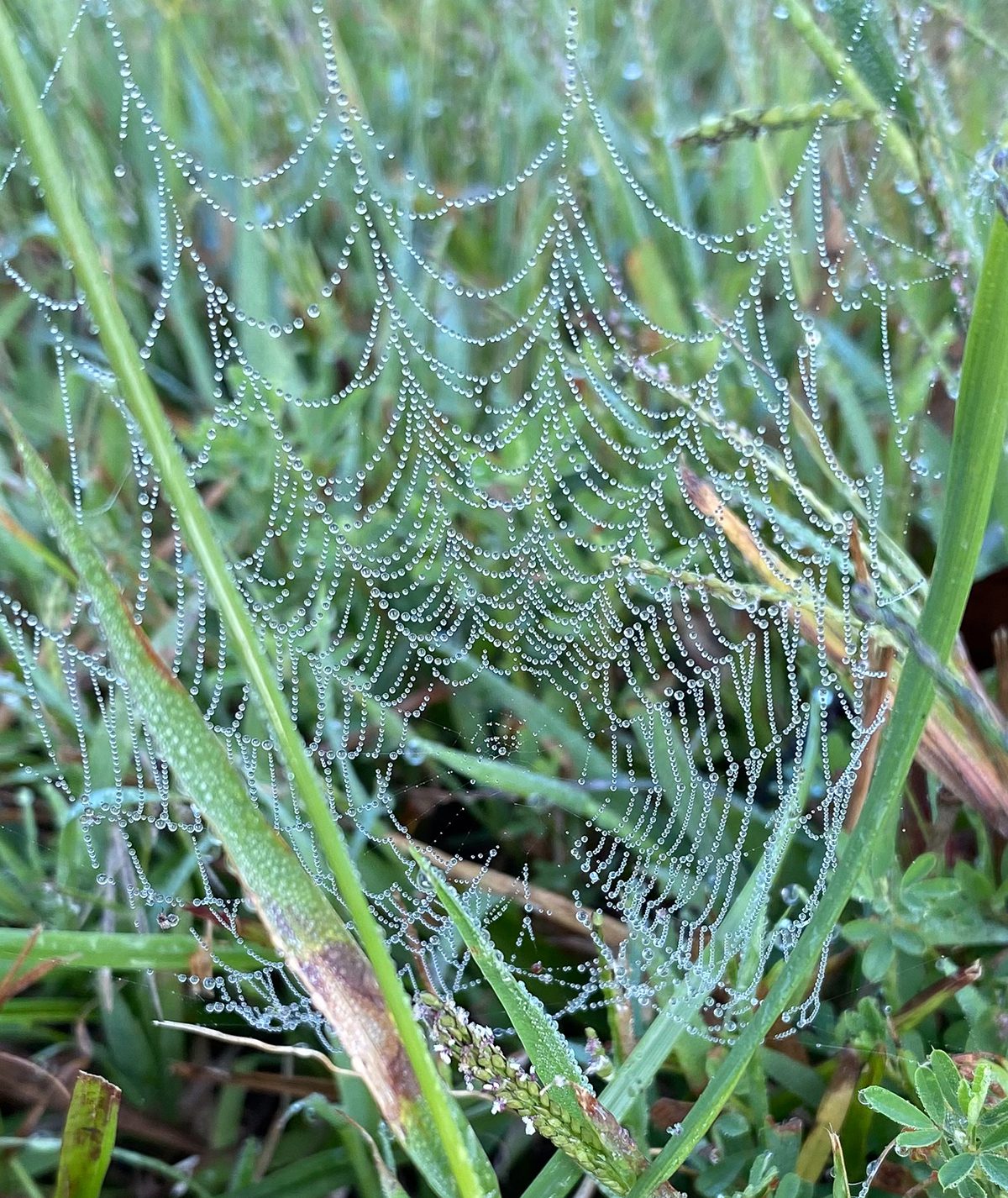
Spring tends to light up our imaginations after a long, few months of little color, but fall can just as much.
Besides the red-yellow-orange palette we associate with changing leaf colors as trees trade out their summer greens for autumn glory, fall boasts a host of other shades.
Supporter Spotlight
Without the summer haze of humidity, the sky seems bigger, somehow bluer, as it turns into a huge azure bowl. The air becomes crisper, laden with the scents of burning leaves — ever notice how distinctive smoke smells in the fall?
Along with the change in weather, our tastebuds change. All summer we yearn for salads and light meals. Fall makes us crave heavier fare. Chili, soup, beans and cornbread, roasts accompanied by tons of root vegetables alongside hot biscuits slathered in butter, apple pies and apple butter and hot apple cider.

Our modern lives often make us feel disconnected from nature, but even if we don’t think we notice, thousands of years of living on this planet ensure our bodies remember the changing seasons. The distinction is as engrained in humans as it is in plants and animals.
Plants other than trees give us hints of the coming cooler weather. From the light purple of wild ageratum (Conoclinium coelestium) to the silvery dew-spangled spiderwebs that seem to be everywhere this time of year to the bright gold of goldenrod (Solidago) and the luminescent yellows of swamp sunflower (Helianthus angustifolius) to the white of saltbush (Baccharis halimifolia), signs of fall are everywhere.
Interestingly enough, and even though they all look very different, ageratum, goldenrod, swamp sunflower, and saltbush are all in the daisy (Asteraceae) family. Tough native perennials, they can become invasive, to the point many people don’t like them. With few disease or insect problems, these hardy natives are a late season boon to pollinators.
Supporter Spotlight

Some leaves turn yellow, some, orange, some red, some brown, and some a glorious combination. Oaks tend to be bronzes and rusts while maples and dogwoods are redder. Keep in mind, one of the most brilliantly gorgeous shades of red belongs to … poison ivy, so if you’re picking specimens for fall bouquets or arrangements … “leaves of three, leave it be.”
But why do trees change color? It’s not simply to make us “ooh” and “ahh.” Some trees don’t change much at all, their leaves just drop. Evergreen trees, hence the name, like pine trees, stay green year-round. Some trees, such as live oaks (Quercus virginiana) and bald cypress (Taxodium distichum) hold onto this year’s leaves until newly emerging leaves in the spring push the old ones out of the way. Although, from what I’ve read, cypress trees are supposed to lose their leaves in the fall. A great many of the ones around here do not, making them look dead, rather than trees that are nothing but bare branches.
Trees lose leaves because it is a vital part of keeping them alive.
Leaves are green in the spring and summer because of chlorophyll. Chlorophyll is the chemical that enables leaves to absorb energy from sunlight, called photosynthesis. Using photosynthesis allows the leaves to convert energy into sugars in order to feed the tree.
When temperatures start to drop and days begin to get shorter, the chlorophyll in the leaves begins to break down. The lack of chlorophyll is what reveals the yellow and orange pigments, or carotenoids, that are present but masked during the summer.
Red pigments are caused by a different chemical change. Sugars that get trapped in the leaves produce pigments called anthocyanins.
What determines the level and brilliance of the colors? Weather conditions, with temperature and moisture being the main influences. Warm, sunny days, with crisp but not freezing nights usually causes the best displays. The amount of rainfall, and thus the moisture of the soil, also has a great bearing on whether or not we get an amazing array of fall colors or merely a blah handoff.
Another reason deciduous trees lose leaves is because their leaves are thin and tender, filled with watery sap that freezes easily. When the days become shorter and start cooling off, trees begin sealing the ends of their leaf stems off — kind of like putting your storm windows in place — and pulling their sap down to their roots.
Evergreens, such as pines and cypress, have a heavy wax coating on their needles and scales, and those contain an antifreeze-like fluid that keeps them from freezing.

So what happens to all the leaves and needles that fall? Other than the ones humans spend incalculable hours raking and disposing of?
They’re not wasted, for sure!
Left to themselves, leaves slowly decompose. The original leaf drop covers the ground around the base of the tree, providing essential mulch. This also creates the spongy layer of the forest that absorbs and holds rainfall and keeps the soil from washing away. As this mulch decomposes, it not only returns vital nutrients to the soil, it provides invaluable food and habitat for earthworms and snails and turtles and toads and toadstools and many, many organisms that make up the forest ecosystem.

While humans remain stumped as to some of the myriad interactions, we are understanding more about these puzzles all the time. Like the existence of mycelium — threads of incredibly tiny fungal organisms composing a “mycelium network” so plants can share nutrients.
The leaves that blow around, looking like herds of lemmings scurrying down the road, or a huge dance troupe staging an on-pointe flash performance, are being returned to, and in the process of, making new soil.
As they dry up and get whisked hither and yon, little pieces of them break off. Like individual grains of sand creating and nourishing a beach, eventually those little pieces will become a part of a new batch of soil, enabling plants to grow and holding the planet in place. Some day one of those plants will become a tree, and the cycle will begin all over again.








